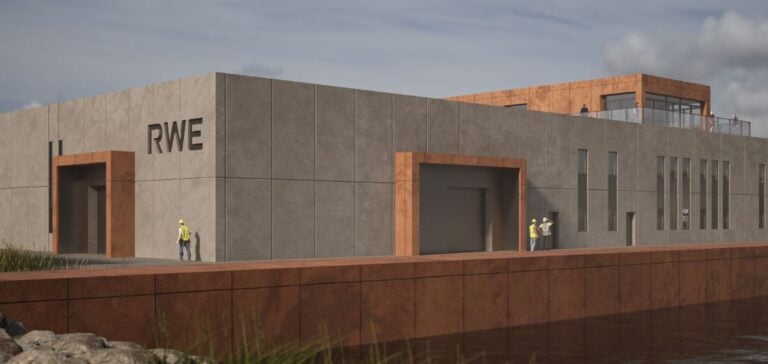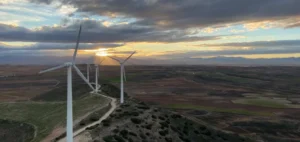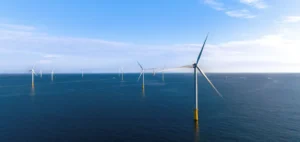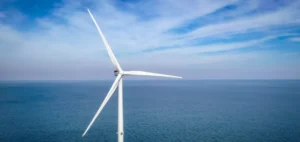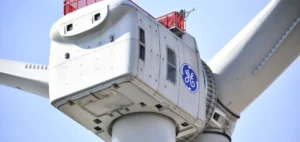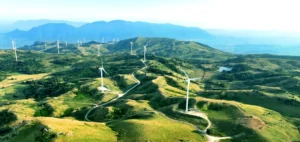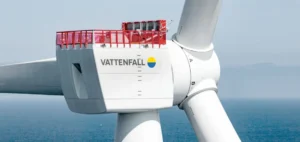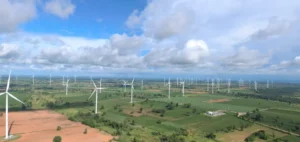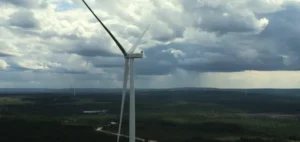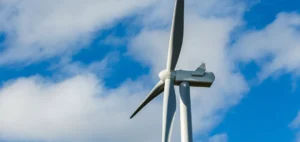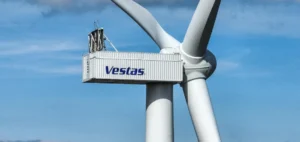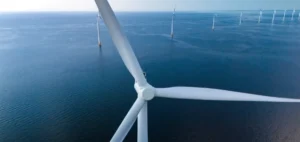Construction of the building dedicated to operations and maintenance for the Thor offshore wind farm is progressing according to the set schedule. Located at the port of Thorsminde, the 2,300-square-metre complex is being developed by German company RWE Renewables and Danish construction firm Østermark Entreprenørforretning.
A strategically purposed operational building
The three-storey building will accommodate essential infrastructure such as a control room, offices, and storage areas necessary for operating the offshore wind farm. It will become the daily base from which technicians will embark each morning for turbine maintenance and management starting in spring 2026. RWE plans to use these facilities for at least 30 years, ensuring stable economic activity in Thorsminde.
According to Pernille Asgaard Haaning, CEO of RWE Renewables Denmark, “this important milestone is also a strong symbol of the community and local support that has enabled this project to move forward. The operational building will be at the heart of our daily activities, generating lasting local jobs in Thorsminde.”
Satisfactory progression of offshore work
Work on the wind farm itself is progressing, with ongoing foundation laying and subsea cable installation. From 2026, the 72 offshore turbines are expected to be progressively installed. Thor will have a total capacity of 1,080 megawatts and should be fully operational by 2027, able to supply electricity to more than one million Danish households.
This project presents a significant technical feature, as Thor will be the first offshore wind farm to use steel towers manufactured with a substantially reduced carbon footprint compared to current standards. Additionally, half of the turbines will be equipped with recyclable blades, an innovative technological choice in the sector.
A large-scale joint project
Thor is developed in partnership by RWE, holding 51% of the project, and Norges Bank Investment Management (NBIM), the Norwegian sovereign wealth fund, owning the remaining 49%. However, construction and daily infrastructure management will be exclusively handled by RWE Renewables throughout the entire operational lifespan of the site.
The operational facility in Thorsminde, whose completion is scheduled for late 2025, promises the creation of 50 to 60 permanent local jobs. This aspect reinforces the economic and social importance of the project in the region.


